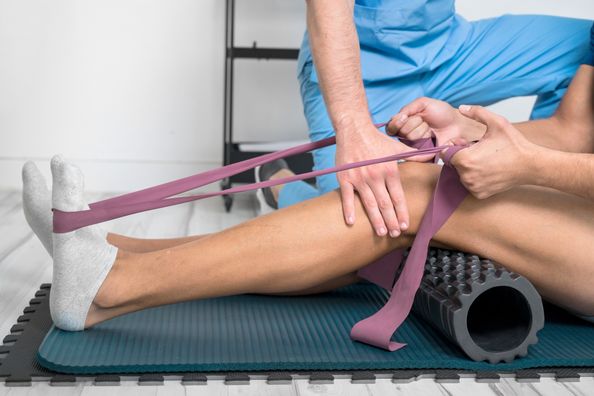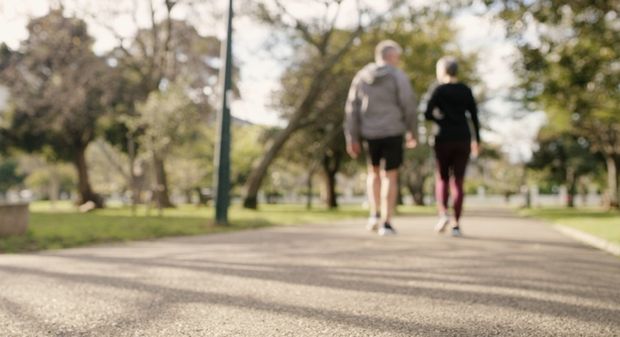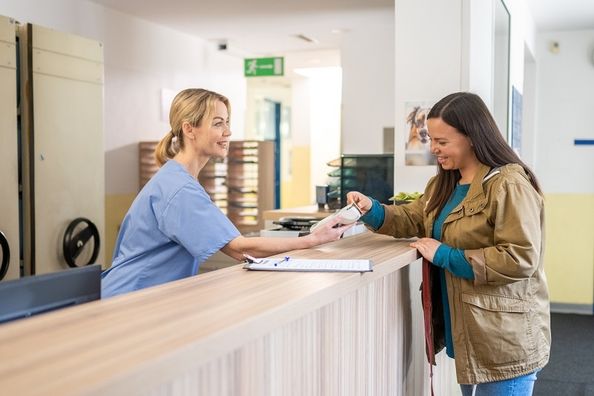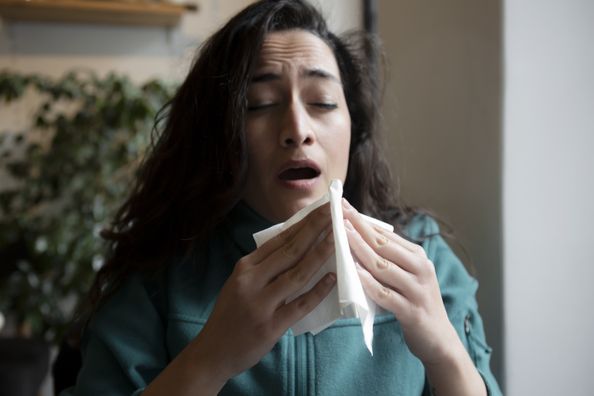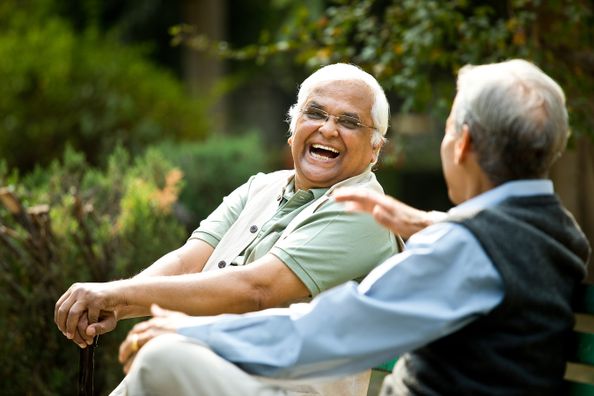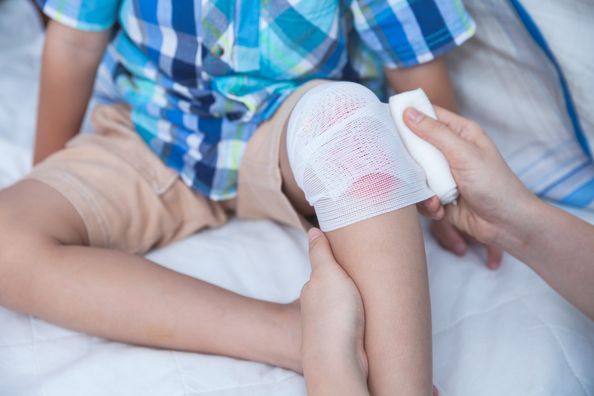The snap of a broken bone, the pop in your knee, the instant swelling in your ankle … all the makings of an athlete’s nightmare.
If you’re an athlete who has had an injury, you may already know the drill: Rest, more rest, and, if the injury is serious or debilitating enough, physical therapy.
Physical therapists are known for treating sports injuries to help athletes recover and get back into the game — but they actually do so much more.
Here are 5 additional ways in which physical therapy can benefit athletes.
1. Prevent Future Injuries
Physical therapy goes beyond recovery and pain relief. It can also prevent more injuries from happening in the future.
This involves a very personalized approach. Your therapist will identify potential problem areas, like difficulty with balance or weakness in certain muscles, that could make you more vulnerable to injuries. Then, they will work on correcting problems and building your strength to reduce your risk of new or recurring injuries.
2. Improve Athletic Performance
There’s a difference between “function” and “performance.” Function is the general ability to perform an activity, like running or throwing. Performance, on the other hand, is how well you perform a function.
Many people view physical therapy as a way to restore function after an injury so that they can get back to where they were before the injury. However, physical therapists also focus on performance. They can help you not just get back to your baseline but surpass it.
Your physical therapist may have you do sports-specific exercises, like agility drills if you’re a football player or ankle-strengthening exercises if you are a ballet dancer.
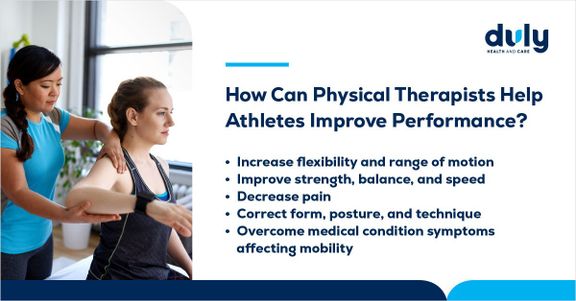
Looking to start physical therapy? Schedule an appointment with a physical therapist at The South Bend Clinic.
3. Work Multiple Systems in Your Body
Athletic injuries often occur in bones, joints, and muscles. These are all part of your musculoskeletal system — the system that gives your body its structure and posture and allows it to move.
However, physical therapy isn’t limited to the musculoskeletal system. It can work any system in your body that’s responsible for movement. In addition to the musculoskeletal system, physical therapy may target your:
Nervous system (brain, spinal cord, and nerves)
Cardiopulmonary system (heart and blood vessels)
Integumentary system (the outer layer of your body, including your skin, nails, hair, and your skin’s glands and nerves)
This is one reason why physical therapists may be part of your care team after an injury, even if your musculoskeletal system is intact. For example, an injury to your nervous system (like a concussion) can cause problems like difficulty with balance — and physical therapists are experts at helping people improve their balance and ability to move.
4. Involve Different Types of Therapy
Physical therapy can be broken down into “active” and “passive” treatments.
“Active” treatments require you to actively participate. They include exercises and movements that work to improve your coordination, strength, and ability to move. These treatments generally make up the bulk of physical therapy sessions.
In addition, your physical therapist may have you try “passive” treatments. These are performed on you, without you having to do anything. Some of the more common passive treatments include:
Massage
Guided movements, where your therapy moves parts of your body for you
Heat or cold therapy
Electrical stimulation
Ultrasound
While passive treatments are great for relieving pain and kickstarting your healing process, they are generally short-term treatments. So even if massages or ice feel like they’re doing the trick, it’s important to still do active treatments. Those are the ones that are going to help you recover fully in the long run.
5. Prepare You to Return to Play
Before you jump back into the swing of things, your physical therapist will help you ensure that you’re ready to do so safely. They can work with you on a return-to-play plan that includes precautions and pointers, such as:
Slowly easing back into the sport — knowing that you might not be performing up to your usual level when you get started
Limitations you should follow, like wearing protective padding or bracing
A plan for what to do if you’re in pain (e.g., slow down)
Continuing endurance training and conditioning
How to mentally prepare yourself to jump back into play
Returning to your sport doesn’t mean that you have to stop physical therapy. Therapy can be ongoing, and the specific exercises you do may change as your injury continues to heal and you continue to regain function.
As you work with a physical therapist and recover from an injury, the most important thing you can do is listen to your body. Take breaks, don’t push through pain, and give your body the time it needs to heal. It might mean sitting out of the game for a little while, but your body will thank you in the long run.
Health Topics:

